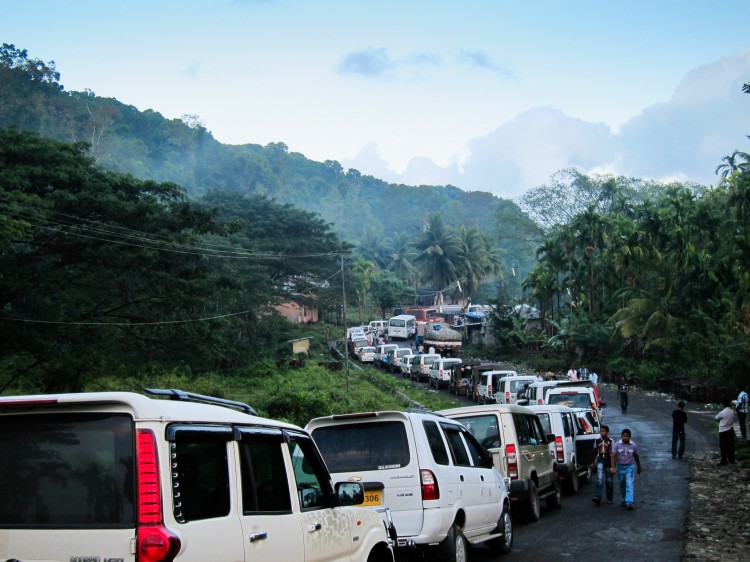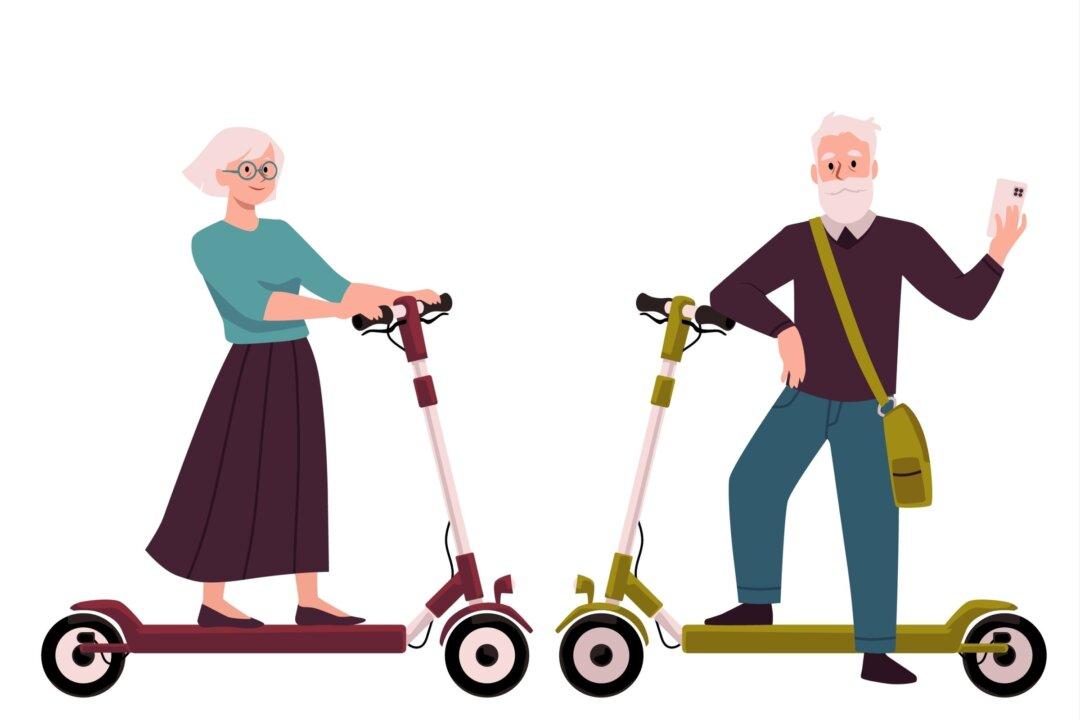A tourist resort in India’s Andaman Islands accused of offering controversial “human safaris” may be shut down after the Indian government banned tourism businesses from operating around the Jarawa Tribal Reserve. Resort operator Barefoot India says it is being targeted unfairly by authorities and denies that it arranges illegal trips to see the isolated group.
Barefoot says nongovernmental organizations and others looking to protect the Jarawa, a tribal people that have lived in isolation in the region for thousands of years, are taking a colonial attitude and overlooking ways the company has protected the Jarawa traditional lifestyle.
A comprehensive examination of the Jarawa situation by UNESCO notes that the situation is highly complex with no clear solutions.
Survival International is one of the main groups opposing tourism activities that encroach on the Jarawa Tribal Reserve, a 295-square-mile (765 square km) space carved out for the Jarawa by the Indian government to protect the 350 tribe members.
Survival supports the Indian government’s decision to institute a buffer zone around the Jarawa.
The issue became a hot topic earlier this year after reports emerged that tour companies were exploiting the isolated group by sending truckloads of tourists to ogle at the tribes’ people.
A secretly recorded video uploaded in January that eventually went viral on the Internet, shows tribe members dancing for tourists in return for food while being goaded on by an off-camera police officer.
Barefoot denies the claims and says that they do not interact with the Jarawa.
“The location of this Barefoot resort is … quite far from the reserve and tourism at the location is in no way connected with the Jarawa or Jarawa-related voyeurism,” the said in a statement in 2009 to similar accusations.
The video, however, prompted India’s Home Minister P. Chidambaram to order an investigation into the matter and the tourism business on the islands. There are two yet-to-be contacted tribes that live in the Andaman Islands located in the Indian Ocean south of Burma.
Yet in March, the second highest ranking police officer in the Andaman Islands was caught organizing a “VIP” safari while he was being tasked with protecting the Jarawa tribe from exploitation.
Barefoot says it promotes socially responsible tourism and its resort serves as a beneficial buffer to the Jarawa since it displaced Indian settlers who had been trading cigarettes and alcohol to the tribe.
Further, the company argues that the Andaman government promotes tourism to the area to experience its stunning sunsets, a practice that would continue even if the resort itself were closed.
“We fail to see what difference our resort makes, in the midst of this scenario,” Barefoot said in a statement.
Survival, however, rejects that Barefoot’s presence is helping the Jarawa.
“It is quite astonishing that a company, which has spent years challenging the notion of a buffer zone in the courts is claiming that its tourist resort is in itself a buffer!” said Survival Senior Campaigner Sophie Grig via email.
Andaman Trunk Road
Perhaps even more significant than the presence of tourist operators in the area, is the Andaman Trunk Road that crosses several of the islands in the chain. The UNESCO report, a dossier of research papers about the Jarawa situation, notes the bloodshed involved in building the road.
The 213-mile (343 km) long road has “marginalized the Jarawas like nothing else” notes the report, citing a key Indian administrator.
“The Jarawas were traumatized by the large-scale tree-felling and use of noisy heavy machinery for construction of the road, which probably also drove away their prey species. The road also effectively cut off their free access to the east coast resulting in further loss of habitat and shrinkage of their area available for resource gathering.”
The report notes that Jarawas raided labor camps of men building the road and were met by armed policemen.
“Many lives on both sides were lost in skirmishes,” it notes.
In 2002, the Indian Supreme Court ruled the road should be closed, but it is still open and is used heavily by tourists, taking roughly 250 vehicles per day into the Jarawa’s forest, says Survival.
A photo published by the group shows literally dozens of cars—mostly SUVs—packed on the small asphalt road.
So although the buffer zone ruling is a good one, the road is still a major issue, says Grig.







